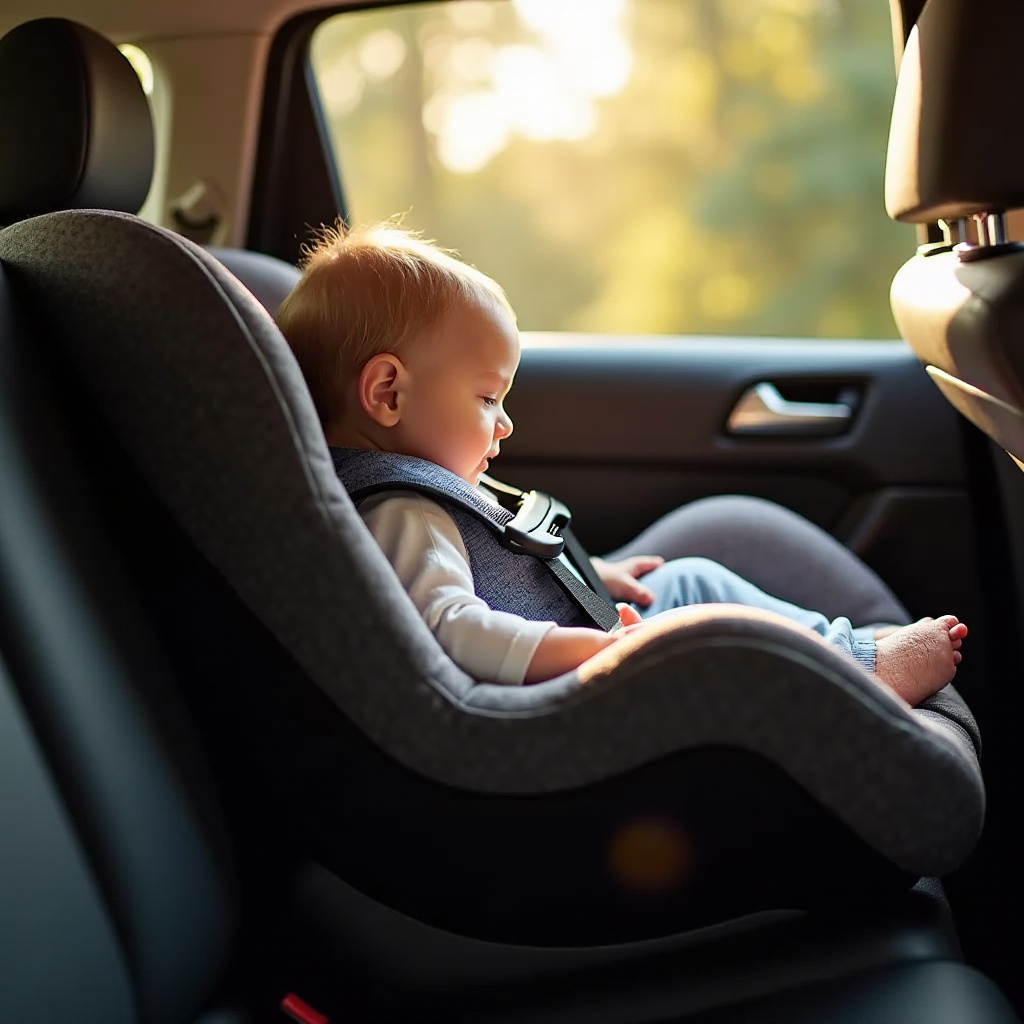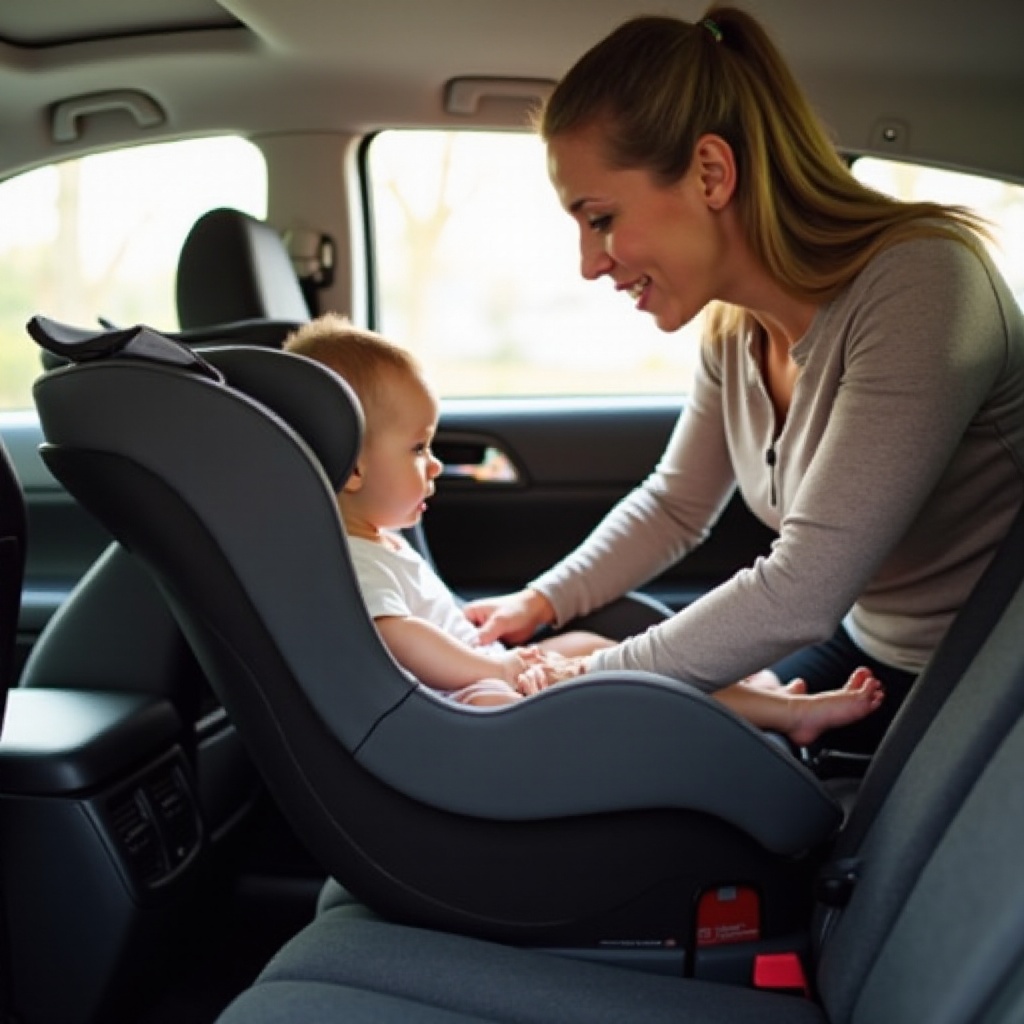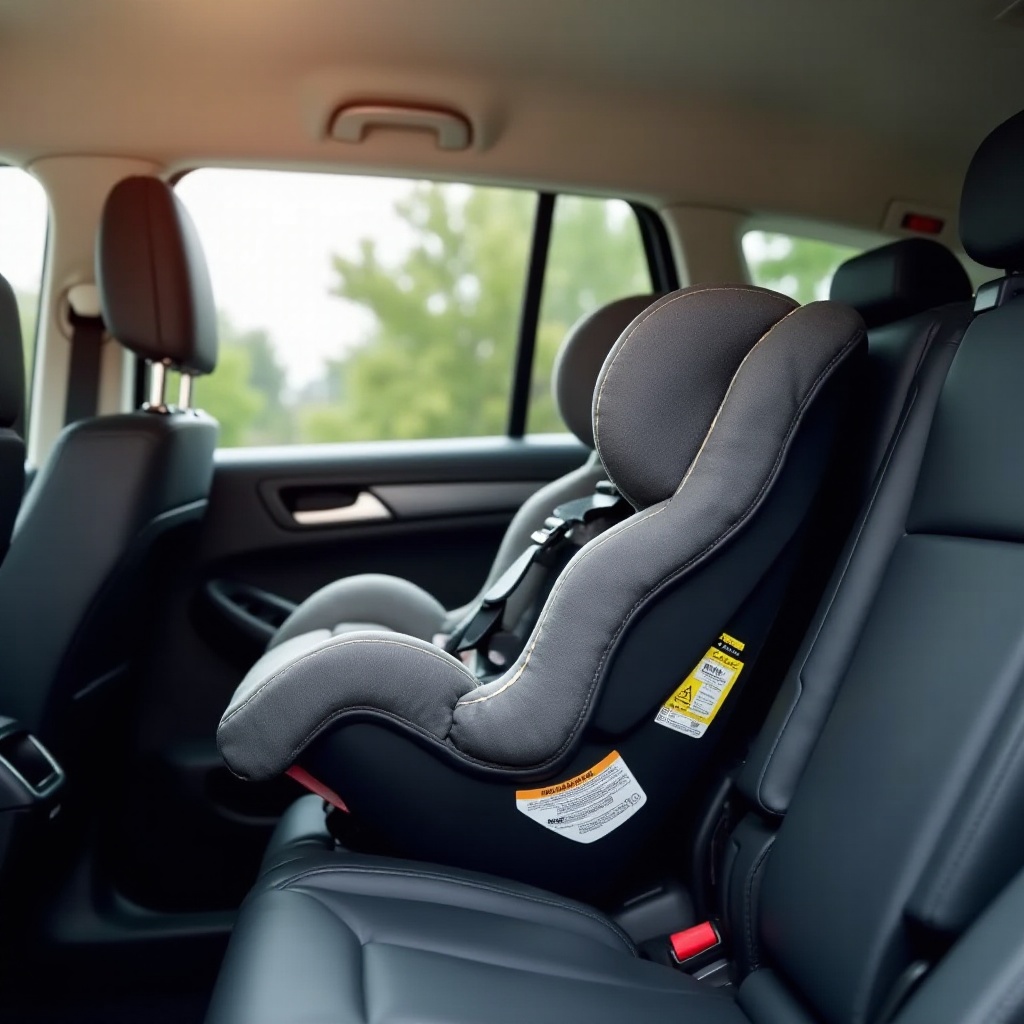Introduction
Ensuring your child’s safety in a vehicle is paramount for every parent or guardian. Central to this is adjusting the infant car seat to the correct angle. A well-set car seat not only enhances protection during sudden stops or potential hazards on the road but also supports the infant’s posture by maintaining a comfortable angle. This article will guide you through the importance of the right car seat angle and how to ensure it is correctly set up.

Understanding Infant Car Seat Angle Significance
Setting the right angle in an infant car seat is crucial for safety. A properly angled seat keeps your infant’s airway open, preventing their head from tilting forward, which could obstruct breathing. Health professionals advocate a seat angle between 30 to 45 degrees for newborns and infants. This supports their head and neck, maintaining the airway in an optimal position. By understanding the science behind car seat angles, you can significantly enhance the safety and comfort of your young passenger.
Connecting the importance of setting the right angle to practical implementation, let’s move on to the steps involved in correctly adjusting your infant’s car seat.

Steps to Correctly Set the Infant Car Seat Angle
Achieving the perfect car seat angle can be accomplished following these precise steps:
- Read all provided instructions, including the car seat manual and the vehicle user guide, to understand specific requirements for your model.
- Locate the angle indicator on your car seat. This will help you adjust to the manufacturer’s recommended angle.
- Adjust the base or seat angle as needed, ensuring alignment with the angle indicator.
- Securely install the seat using the seatbelt or LATCH system, making sure it has minimal movement.
- Verify the installation by performing a safety check; the car seat should not move more than an inch side-to-side when properly installed.
With the correct angle set, it is crucial to be aware of common mistakes that can jeopardize your child’s safety and how to avoid them.
Common Mistakes and How to Avoid Them
Many parents inadvertently make errors during car seat installation. Here are prevalent mistakes and tips for avoiding them:
- Incorrect Angle: Regularly check the angle, ensuring it corresponds with manufacturer guidelines. Use tools like rolled towels or pool noodles to adjust if necessary.
- Loose Installation: Verify the seat is firmly secured using the ‘inch test’ to confirm it does not have excessive movement.
- Harness Misplacement: Position harness straps at or below the child’s shoulders, and ensure the chest clip is level with the armpits.
Comprehending these mistakes helps you transition smoothly into the next stage, which is choosing the right car seat that naturally supports correct angling.
Choosing the Right Car Seat for Optimal Angles
Selecting the right car seat is as crucial as setting it up. Here’s what to keep in mind when choosing a car seat:
- Look for models with prominent angle indicators that guide correct positioning.
- Prioritize ease of use with adjustable bases making angle changes straightforward.
- Consider seats with high safety ratings and ample crash testing.
- Opt for trusted brands recognized for incorporating advanced safety features.
With a quality car seat model, you integrate seamlessly with the role of technology in improving and ensuring the correct angle setup.
The Role of Technology in Achieving Perfect Car Seat Angles
Innovations in car seat technology have dramatically simplified achieving the perfect angle. Modern car seats feature built-in level indicators and bubble gauges, ensuring precise angle adjustments. Some advanced models even include automatic leveling systems, making installation practically foolproof. These technological features help parents maintain optimal safety standards while alleviating concerns about misalignment.

Conclusion
Understanding and maintaining the correct infant car seat angle is essential for ensuring both safety and comfort during travel. Proper knowledge and implementation of setting, selecting the right seat, and using advanced technologies create a secure environment for your baby. Always perform regular checks and stay informed with the latest safety features to keep your infant journeying comfortably and safely.
Frequently Asked Questions
What is the ideal angle for an infant car seat?
The recommended angle is typically between 30 and 45 degrees to support the infant’s head and neck and keep the airway clear.
How often should I check the car seat angle?
Regularly check the angle, especially after adjusting or reinstalling the seat, and each time you buckle your infant in.
Can I use the same angle for all vehicles?
The angle might vary depending on the vehicle seat’s slope. Always use the seat’s built-in angle indicators to adjust accordingly.
